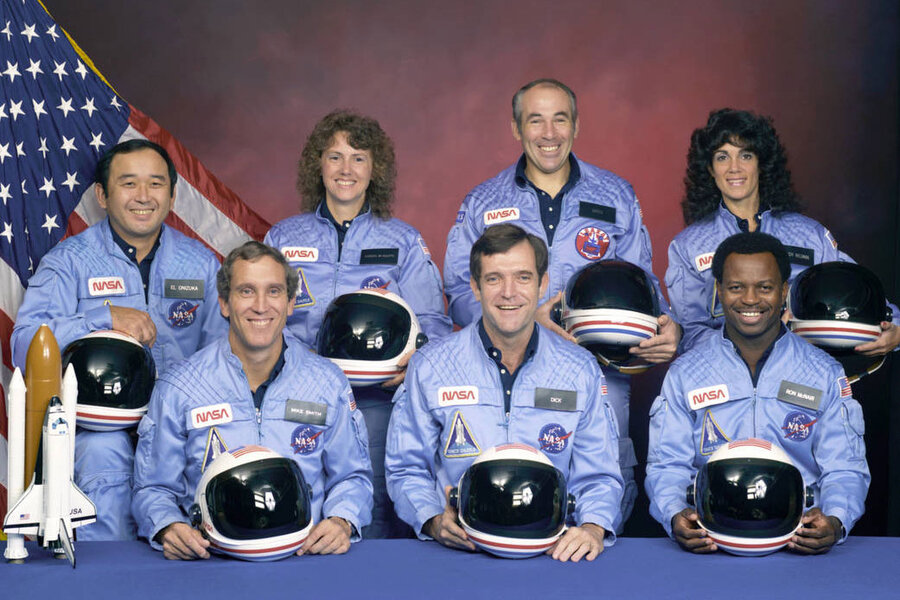30 years after Challenger disaster, what have we learned?
Loading...
Thirty years ago this Thursday, the nation watched as NASA’s space shuttle Challenger burst into flames 73 seconds after launching into the blue Florida sky.
It is one of NASA’s greatest tragedies, an accident that took the lives of seven astronauts who were on board, as their families, friends, and the rest of the nation watched in horror at Cape Canaveral and on live television.
The explosion was imprinted on the memories of an entire generation of Americans, many of whom remember exactly where they were on that day in January 1986.
"It's such a pivotal event in their lives, much like the Kennedy assassination," Mike Ciannilli, an artifacts manager at the Kennedy Space Center's visitor complex in Florida, told the Orlando Sentinel.
A failed seal on its right solid rocket booster caused the Challenger to explode, an oversight that some say derailed the country’s ambitious space program, and led to changes at the agency.
"When the shuttle turned out to be not what we thought it was, all those downstream visions began to crumble," Howard McCurdy, a specialist in space policy at American University in Washington, D.C., told USA Today in 2011, shortly before the 25th anniversary of the disaster.
"The business model collapsed, and it wasn't just the business model for shuttle, it was the business model for shuttle, station, Mars, the moon.... It was like a corporation going down," he said.
The incident exposed NASA’s huge bureaucracy, a degree of complacency, and the intense political pressures it faced, factors that caused its guard to slip, as Alex Roland, professor emeritus of history at Duke University and former NASA historian, explained to the Sentinel.
Investigators appointed by then-President Ronald Reagan found that NASA repeatedly had ignored serious technical problems leading up to the Challenger’s launch. They criticized what they called NASA's "silent safety program," reported USA Today, and "flawed" decision-making.
Though NASA pledged to redesign the shuttle's flawed rockets and the agency's safety procedures, it faced another tragedy 17 years later when another shuttle, Columbia, disintegrated during re-entry to Earth, killing seven more astronauts on board and once again shining a spotlight on lapses at NASA.
"When you bore down a little bit deeper, you don't find any there, there," retired Adm. Harold Gehman said at the time, according to the Sentinel.
"There's no people, money, engineering, expertise, analysis," he complained.
Despite these obstacles, the former and longtime director of NASA’s Public Affairs Office wrote last year that it is critical that the nation not lose a passion for the space program, which he says has enhanced almost every part of our lives, from agriculture to transportation.
“There is no program in history that has been more effective, per dollar spent, in the creation of new knowledge, new products and new jobs to improve the quality of life here and around the world,” wrote Hugh Harris on Space.com in 2014.
He lists space-program-originating advances the include the simple tripling of the life of wheel bearings on our cars, to the more sophisticated systems that monitor the health of food crops and forests from space.
NASA is planning a day of tribute on the 30th anniversary of the Challenger accident on Thursday, with events to honor the crews of space shuttles Challenger, Columbia, and Apollo 1, and other NASA colleagues.







